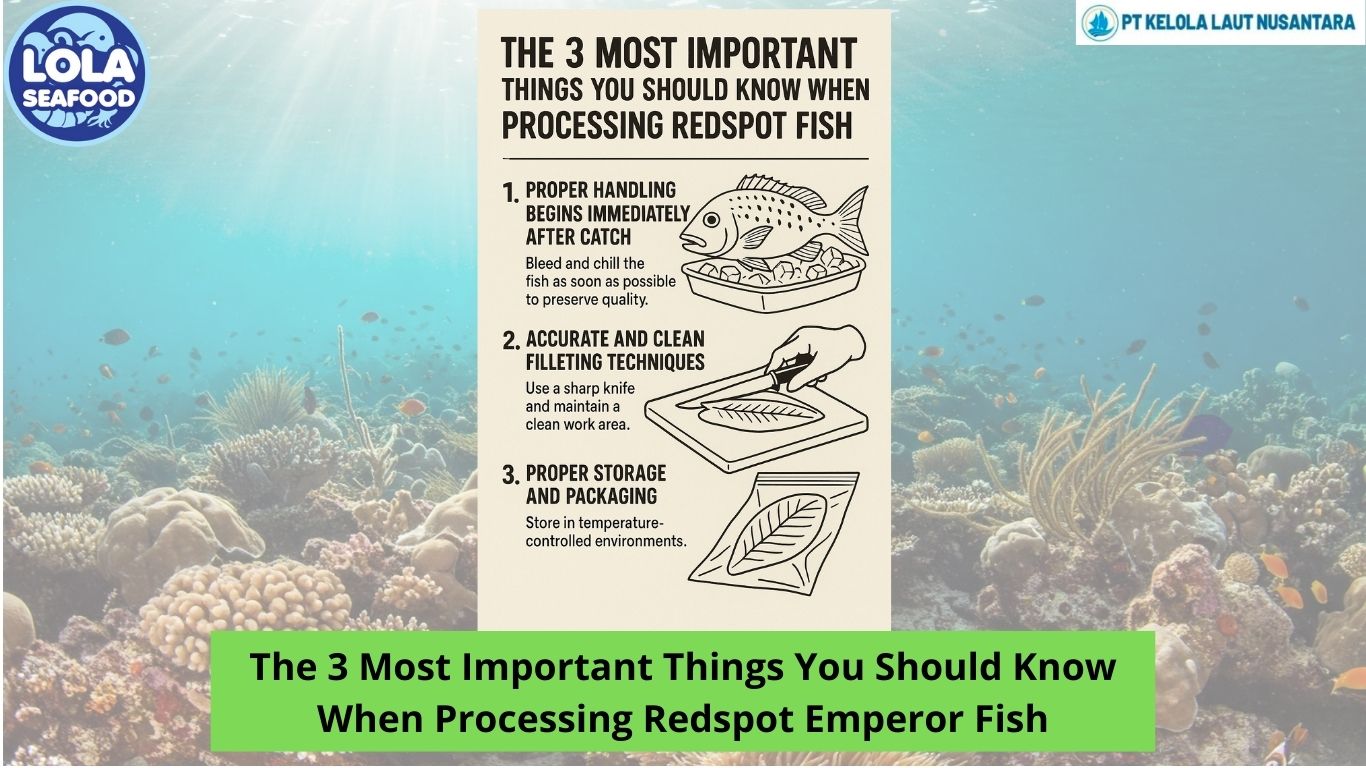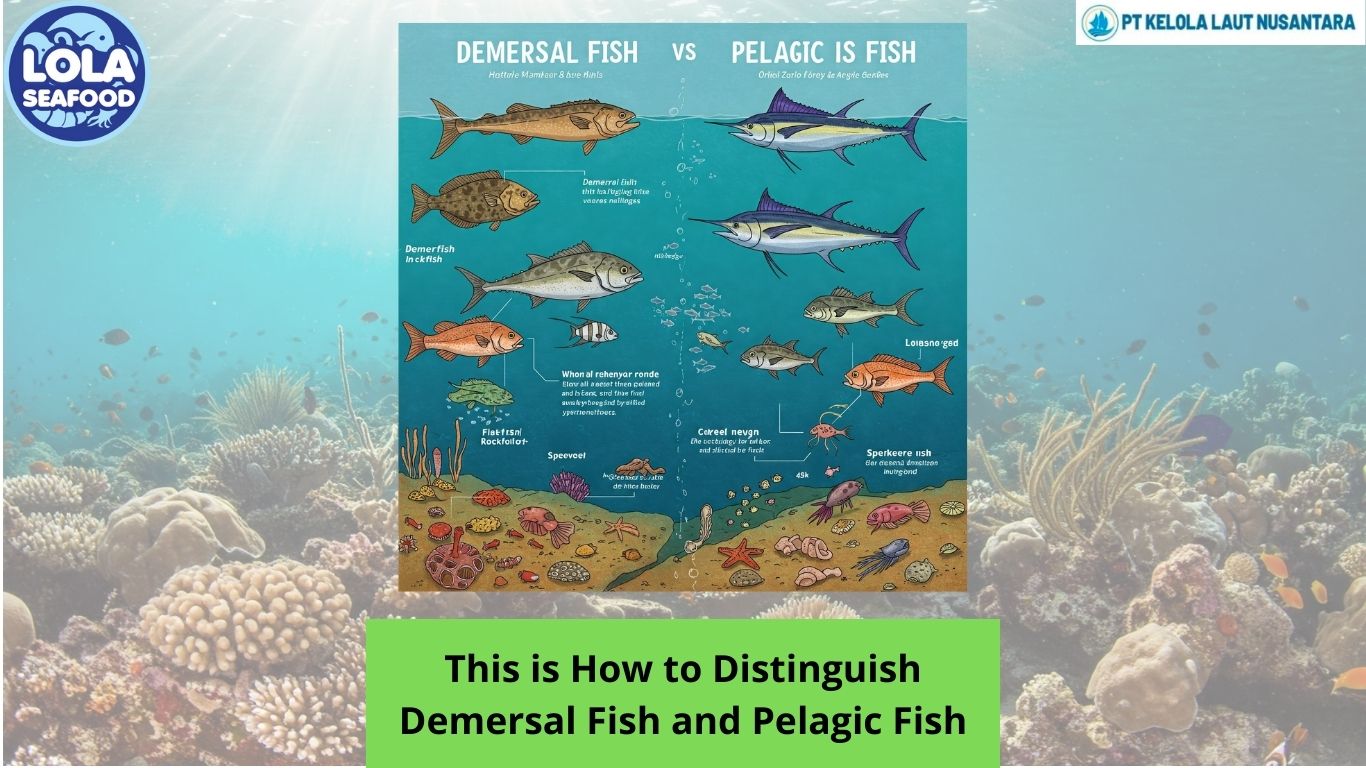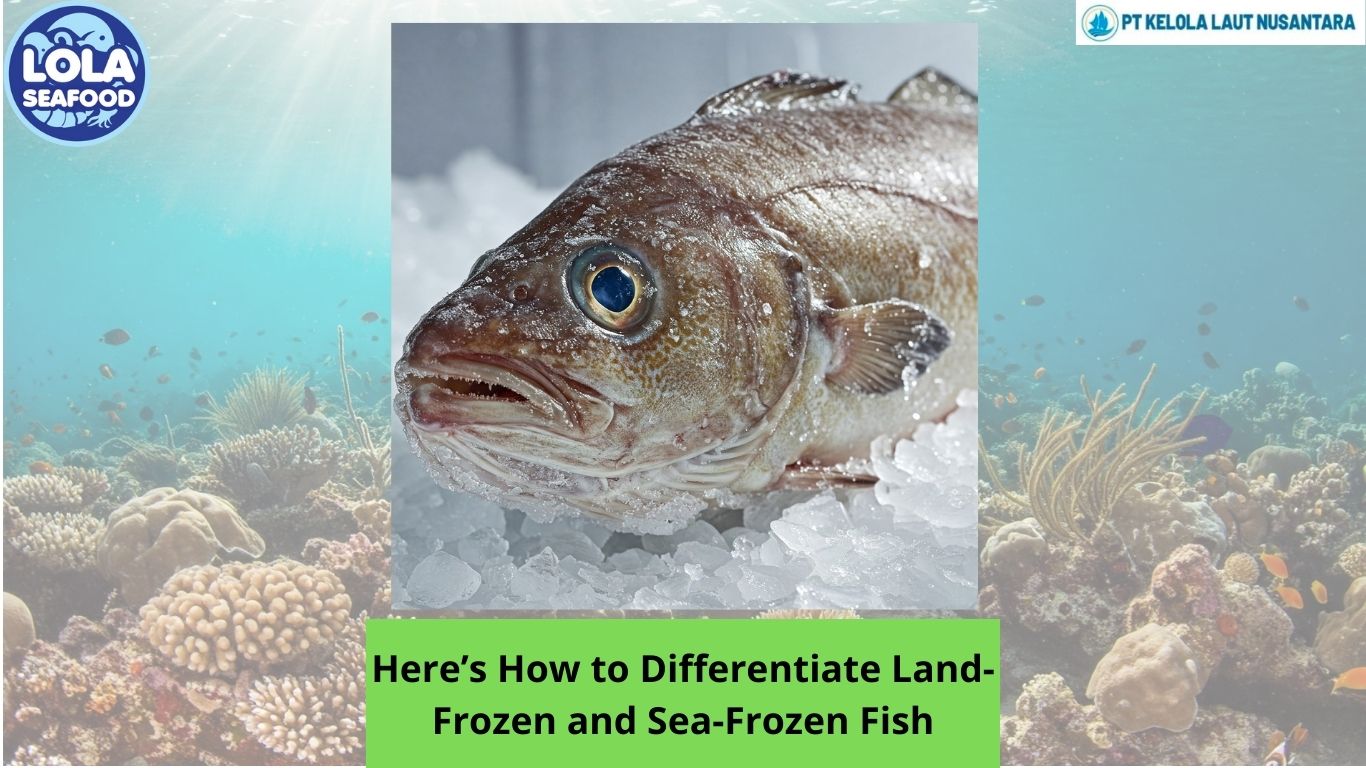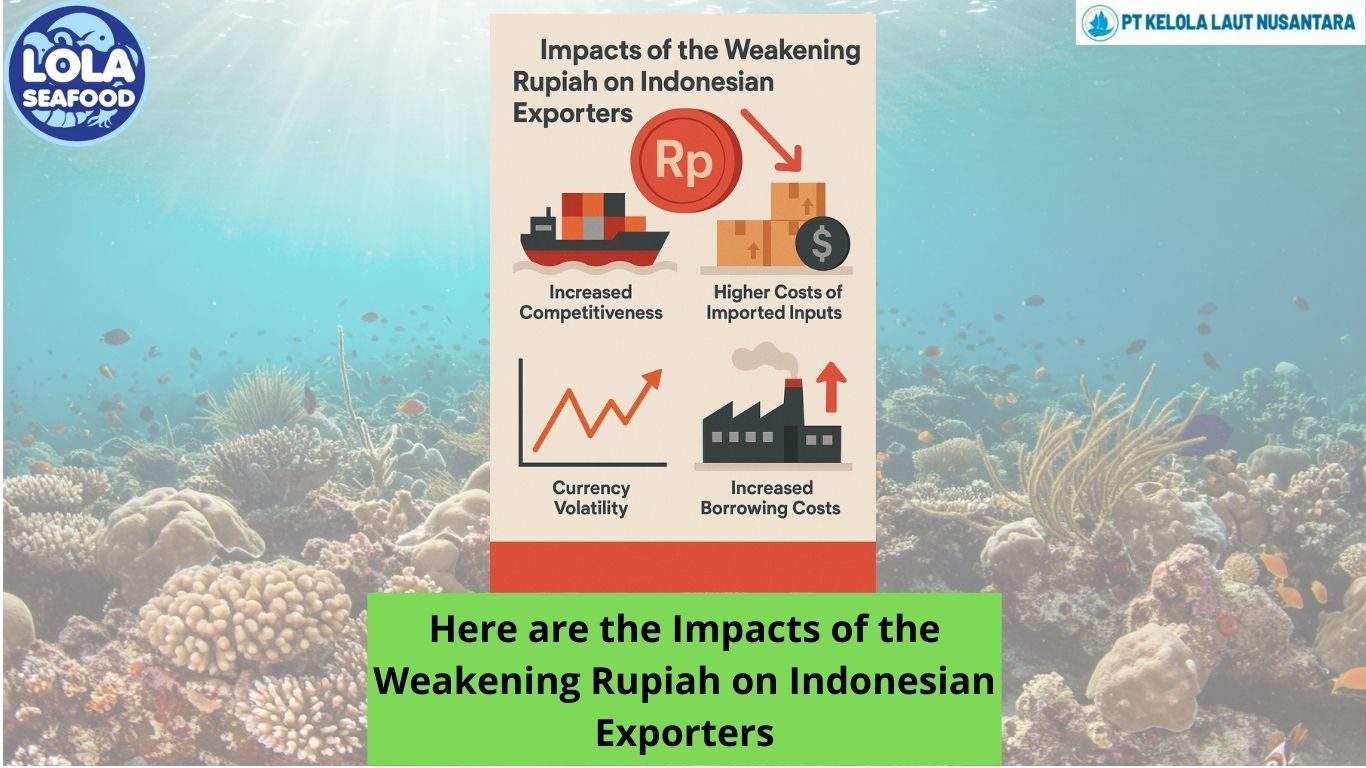This is what develops Fish Skin Exports in the World
By. Agung Kurniawan - 20 Jan 2025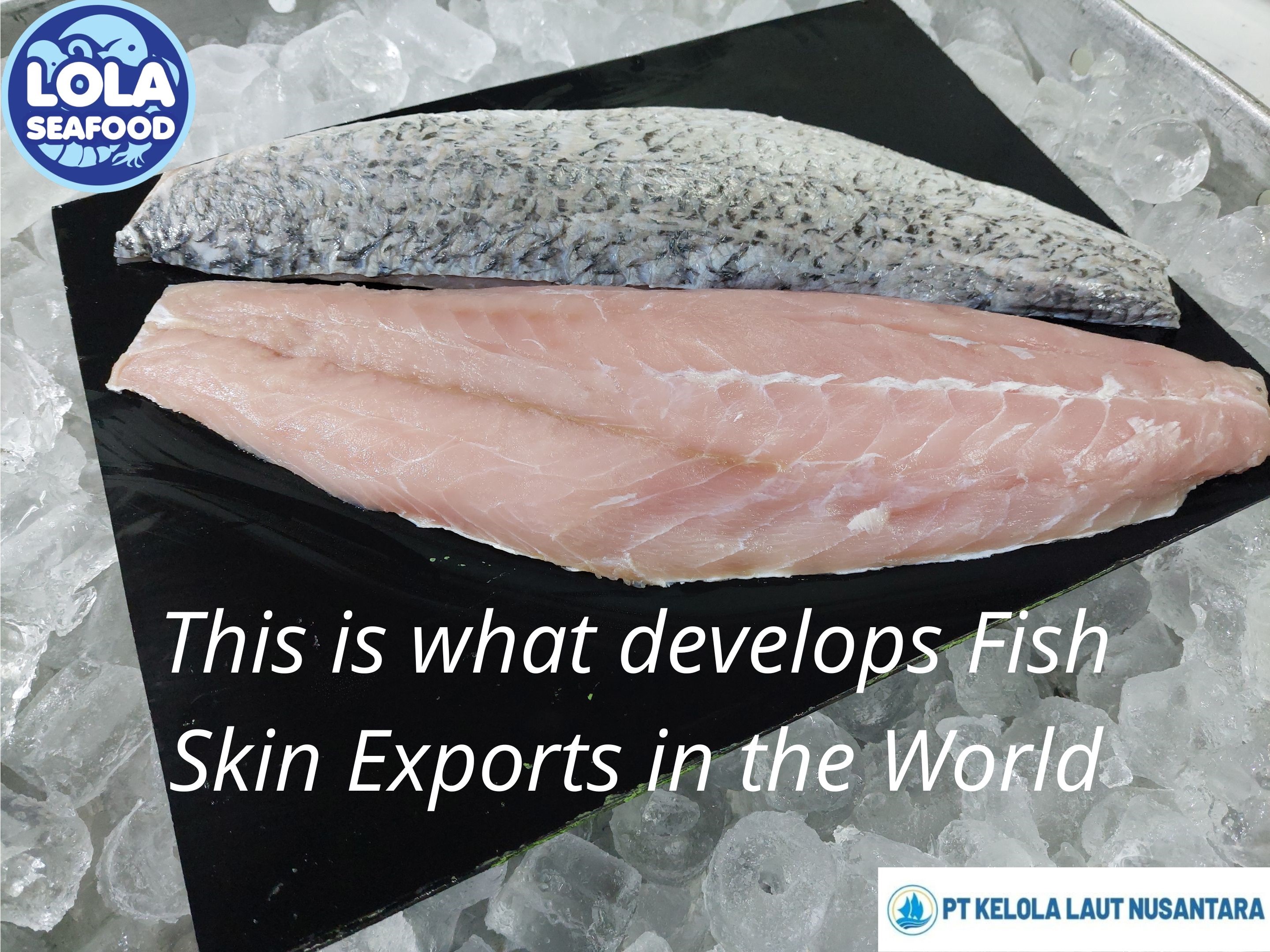
kelolalaut.com The export of fish skin has seen remarkable growth in recent years as industries worldwide explore its diverse applications. Fish skin, a byproduct of the fishing industry, has emerged as a valuable resource in multiple sectors, including fashion, food, cosmetics, and biomedical industries. This shift reflects a growing trend toward sustainability, where waste materials are repurposed into high-value products.
One of the most notable uses of fish skin is in the fashion industry. Countries like Iceland and Norway have pioneered the processing of fish skin, particularly salmon, into leather. Fish leather is lightweight, durable, and has a unique texture, making it an attractive alternative to traditional leather. It is now used in creating handbags, shoes, and even luxury goods, capturing attention in both niche and mainstream markets. Global demand for sustainable fashion has significantly boosted the export of fish leather, with key markets in Europe, North America, and Asia.
In the food industry, fish skin is valued for its high collagen content and nutritional benefits. Asian countries, particularly China, Japan, and South Korea, import fish skin as a raw material for producing collagen supplements, snacks, and other health-oriented products. Collagen derived from fish skin is highly sought after due to its superior absorption properties compared to other sources. This has driven demand for fish skin exports from fishing nations in Southeast Asia, Latin America, and Scandinavia.
The biomedical field has also contributed to the rising demand for fish skin exports. Fish skin, especially from species like cod, is processed into medical-grade materials for wound healing and tissue regeneration. Its biocompatibility and natural properties make it an effective alternative for treating burns and chronic wounds. Countries like Brazil and the United States have made significant advancements in utilizing fish skin for medical purposes, further driving the global trade.
The cosmetics industry also utilizes fish skin collagen for anti-aging products, contributing to its rising export value. Major cosmetic brands in Europe and the United States have embraced marine-based ingredients, recognizing the growing consumer interest in eco-friendly and natural formulations.
The global fish skin export market is expected to continue growing, driven by innovation and increasing consumer awareness of sustainability. As more industries discover the potential of fish skin, exporting countries will likely see economic benefits while contributing to waste reduction and environmental conservation. However, challenges such as processing costs and regulatory barriers need to be addressed to ensure sustainable and equitable growth in this emerging sector.
If you are interested in our Goldband / Crimson Snapper Whole Round, Goldband / Crimson Snapper Fillet Skin On, White Snapper / Robinson Seabream / Seabream Whole Round / Whole Gilled Gutted Scaled, White Snapper / Robinson Seabream / Seabream Fillet Skin On, Snapper Whole Round / Whole Gilled Gutted Scaled, Red / Scarlet Snapper Fillet Portion, Red / Scarlet Snapper Fillet Skin On, Snapper Fillet Skinless please do not hesitate to contact us to email and / or whatsapp
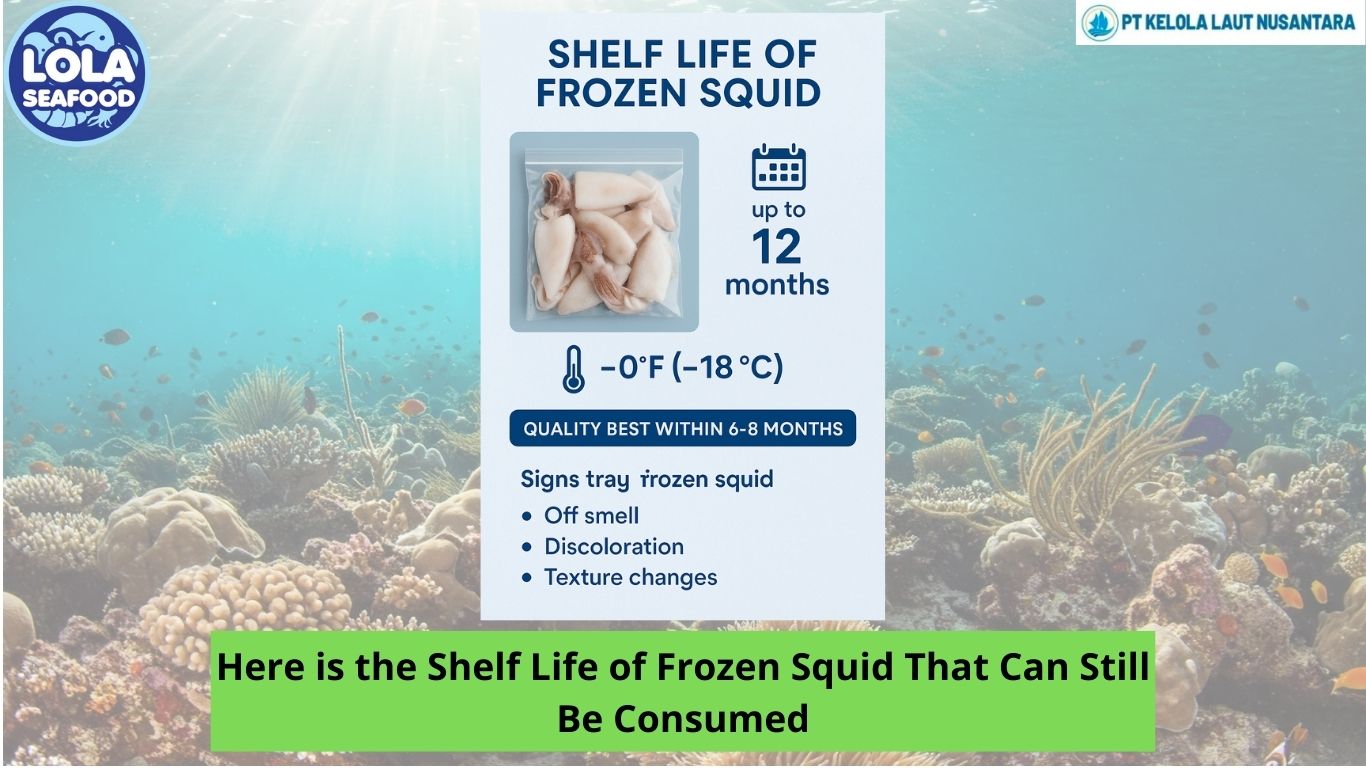
.jpg)
.jpg)
.jpg)
